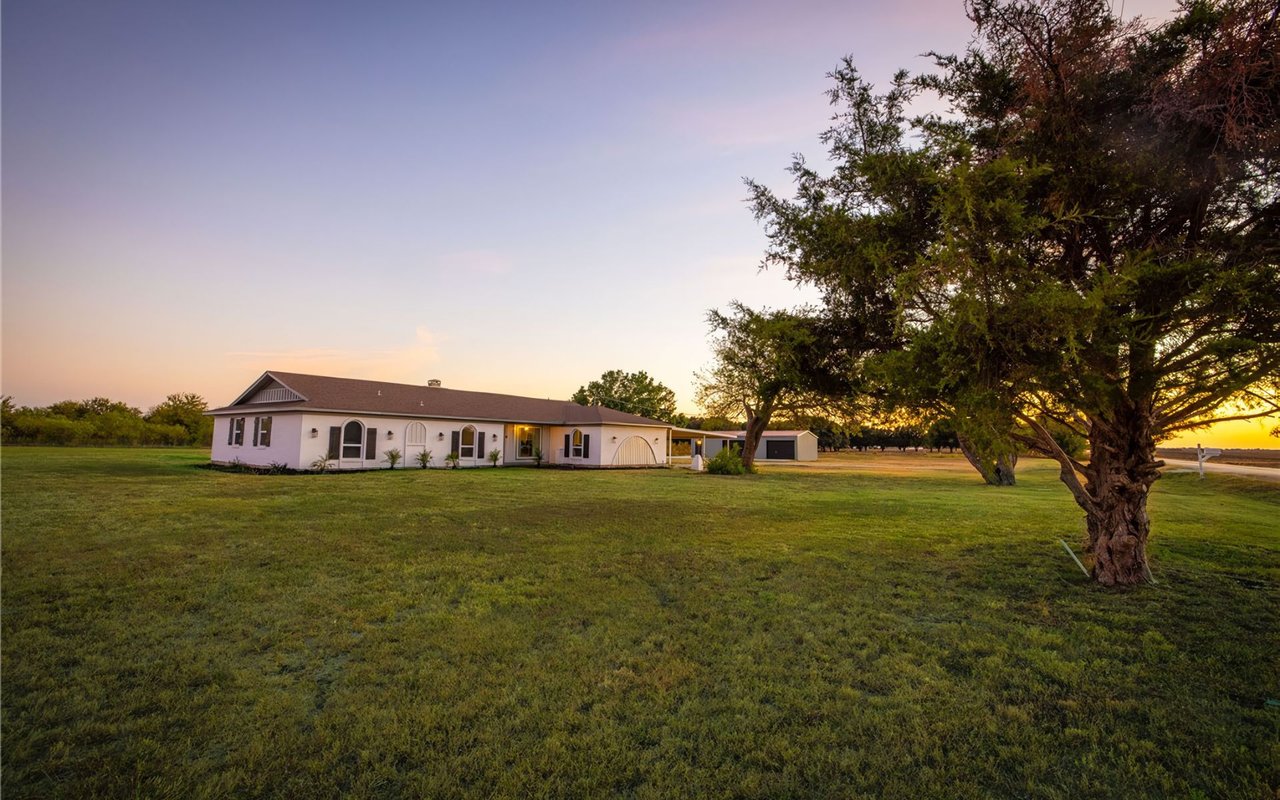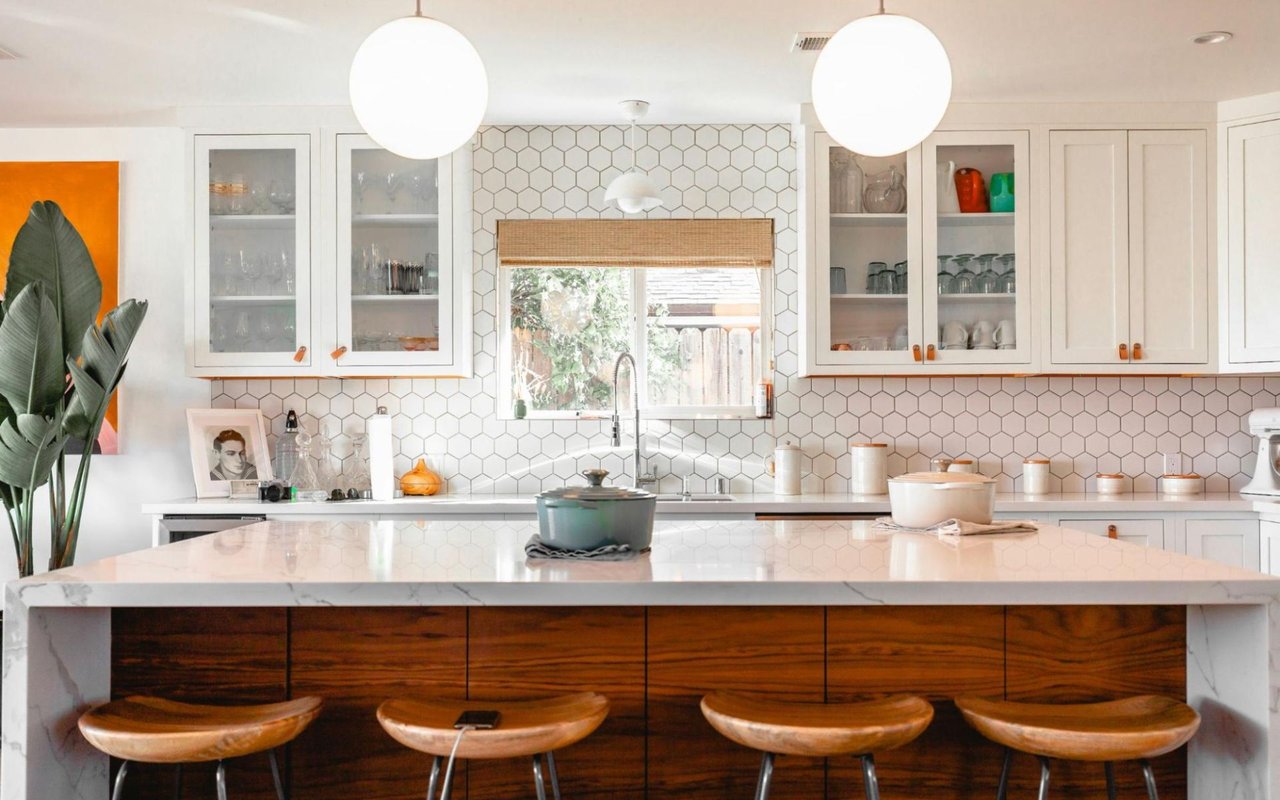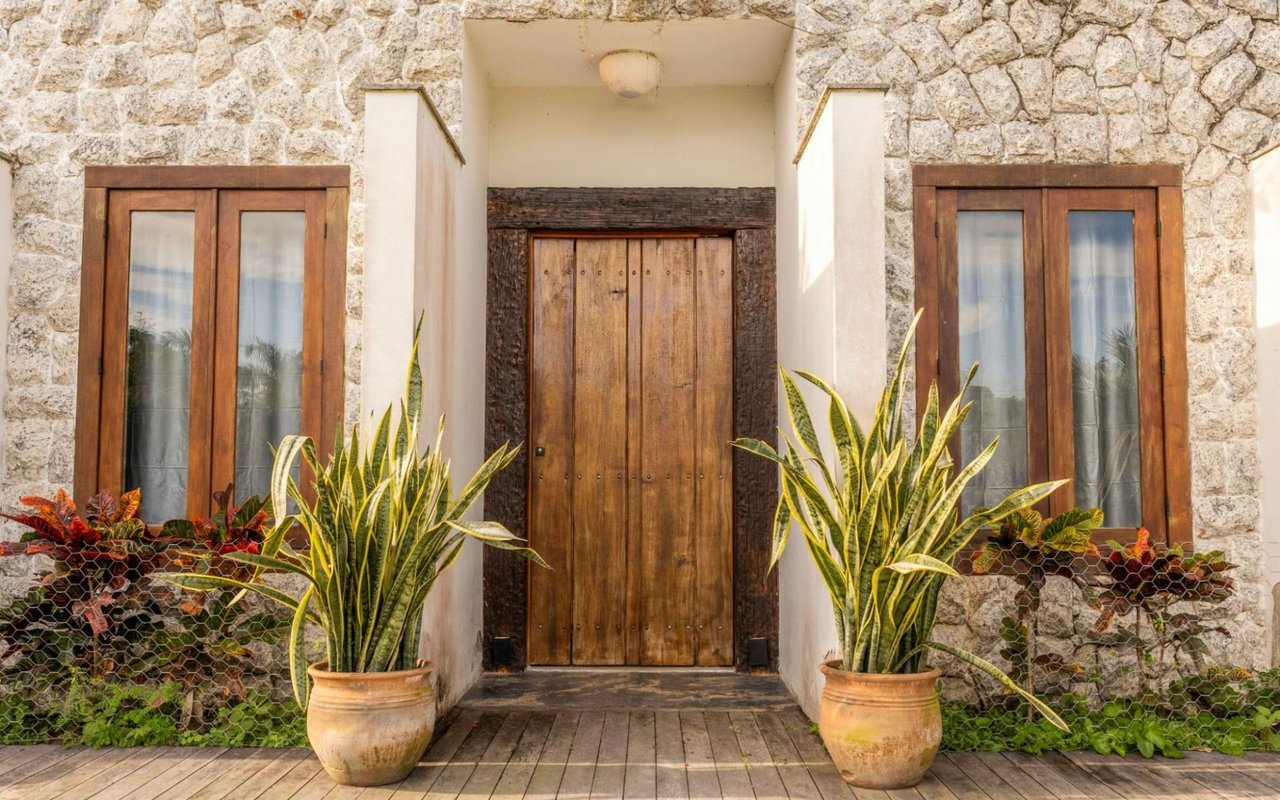Homebuyers and sellers often wonder how the age of a home affects its market value. From charming historic properties to new builds with modern amenities, every age category has its unique appeal and considerations. This guide explores the relationship between a home’s age and its market value, helping homeowners and potential buyers make informed decisions in today’s real estate market.
The Appeal of Older Homes
Older homes, especially those with historical or architectural significance, often hold a strong appeal for buyers who value character and craftsmanship. Many homes built before the mid-20th century feature unique details such as intricate woodwork, high ceilings, and durable materials that are often harder to find in new constructions. Historic neighborhoods in many areas, including Belton, are highly sought after for their distinctive character and sense of heritage.
Despite their charm, older homes may require more maintenance than newer properties. Systems like plumbing, electrical, and roofing might need updates, which can affect overall market value if these elements have not been well-maintained. However, for buyers willing to invest in renovations, older homes can offer significant value. Their unique aesthetic often translates into market value, particularly in areas where there’s demand for historically preserved properties.
Despite their charm, older homes may require more maintenance than newer properties. Systems like plumbing, electrical, and roofing might need updates, which can affect overall market value if these elements have not been well-maintained. However, for buyers willing to invest in renovations, older homes can offer significant value. Their unique aesthetic often translates into market value, particularly in areas where there’s demand for historically preserved properties.
Newer Homes and Their Value Advantages
Newer homes, typically built within the last 10 to 20 years, come with the advantage of modern construction materials and technology. These properties are generally more energy-efficient, require less maintenance, and are often built with features that align with today’s lifestyle preferences, such as open floor plans, larger closets, and attached garages.
A major selling point of newer homes is the reduced need for major repairs or replacements in the near future. Features like newer HVAC systems, updated plumbing, and energy-efficient windows can add to the home’s appeal. Buyers often place a premium on the convenience of a move-in-ready home, which can contribute to higher market value for newer properties. In addition, homes in newer developments may offer community amenities, which can further enhance their value.
A major selling point of newer homes is the reduced need for major repairs or replacements in the near future. Features like newer HVAC systems, updated plumbing, and energy-efficient windows can add to the home’s appeal. Buyers often place a premium on the convenience of a move-in-ready home, which can contribute to higher market value for newer properties. In addition, homes in newer developments may offer community amenities, which can further enhance their value.
Mid-Century Homes: Balancing Quality and Modernization
Homes built between the 1950s and 1980s fall into a unique category, often balancing solid construction with the need for selective updates. Mid-century homes are generally well-built, featuring quality materials, larger lot sizes, and simple, functional designs. Many of these homes were built during a period when housing construction emphasized durability and efficient use of space, making them appealing to buyers seeking both quality and affordability.
However, mid-century homes may require modernization to meet the expectations of today’s buyers. Common upgrades include kitchen and bathroom remodels, adding insulation, and replacing outdated windows. By making these updates, homeowners can often see an increase in market value while still retaining the mid-century charm that appeals to a wide audience. For buyers and investors, mid-century homes can represent an excellent value proposition, as they combine structural quality with customization potential.
However, mid-century homes may require modernization to meet the expectations of today’s buyers. Common upgrades include kitchen and bathroom remodels, adding insulation, and replacing outdated windows. By making these updates, homeowners can often see an increase in market value while still retaining the mid-century charm that appeals to a wide audience. For buyers and investors, mid-century homes can represent an excellent value proposition, as they combine structural quality with customization potential.
How Age Affects Depreciation and Appreciation
The age of a home influences its depreciation and appreciation patterns, factors that play a significant role in its overall market value. Depreciation, or the gradual decline in a property’s value due to wear and tear, tends to be more noticeable in older homes that have not been maintained or updated. However, well-maintained older homes with historical appeal can appreciate due to their rarity and character.
Newer homes, on the other hand, typically depreciate less in their early years due to minimal wear and the appeal of modern construction. However, they may also experience less rapid appreciation than unique, well-maintained older properties in established neighborhoods. The location, condition, and demand for specific home styles can all influence how age affects a home’s value over time.
Newer homes, on the other hand, typically depreciate less in their early years due to minimal wear and the appeal of modern construction. However, they may also experience less rapid appreciation than unique, well-maintained older properties in established neighborhoods. The location, condition, and demand for specific home styles can all influence how age affects a home’s value over time.
Renovations and Upgrades: Adding Value to Homes of Any Age
No matter the age of a home, renovations and upgrades can significantly influence its market value. For older homes, updating critical systems like HVAC, electrical, or plumbing can enhance appeal to buyers who may otherwise be deterred by potential maintenance costs. Kitchen and bathroom remodels are also common upgrades that yield high returns for both mid-century and historic homes.
In newer homes, adding personalized upgrades such as landscaping, outdoor living spaces, or advanced smart home technology can increase value. For all home types, maintaining curb appeal and ensuring that the property is move-in ready are effective ways to maximize market value. Prospective buyers often seek homes that require minimal effort to customize, making updates an effective strategy to increase demand and appeal.
In newer homes, adding personalized upgrades such as landscaping, outdoor living spaces, or advanced smart home technology can increase value. For all home types, maintaining curb appeal and ensuring that the property is move-in ready are effective ways to maximize market value. Prospective buyers often seek homes that require minimal effort to customize, making updates an effective strategy to increase demand and appeal.
The Influence of Location and Neighborhood
While home age is a crucial factor in market value, the surrounding neighborhood and location also play a significant role. Older homes in well-established neighborhoods with high demand often retain or even gain value due to their desirable location. For instance, historic homes in prime areas of Belton can fetch high prices, especially when they’ve been carefully maintained or restored.
In newer developments, homes benefit from the planned amenities and cohesive architectural style that these communities often offer. Proximity to schools, shopping centers, and public transportation can also enhance market value, making the home’s location a vital component alongside its age. Ultimately, a desirable location can boost the value of homes of any age, as buyers often prioritize neighborhood appeal when making their decision.
In newer developments, homes benefit from the planned amenities and cohesive architectural style that these communities often offer. Proximity to schools, shopping centers, and public transportation can also enhance market value, making the home’s location a vital component alongside its age. Ultimately, a desirable location can boost the value of homes of any age, as buyers often prioritize neighborhood appeal when making their decision.
Work with The Truss Team to Navigate Home Value in Belton
The age of a home offers valuable insights into its market potential, but other factors, including maintenance, location, and upgrades, also influence its value. Whether you’re interested in a historic home with charm or a modern property with convenience, understanding these elements is key. For expert advice on finding homes for sale in Belton, reach out to The Truss Team to explore your options and make the best investment in Belton real estate.
*Header photo courtesy of The Truss Team’s website



